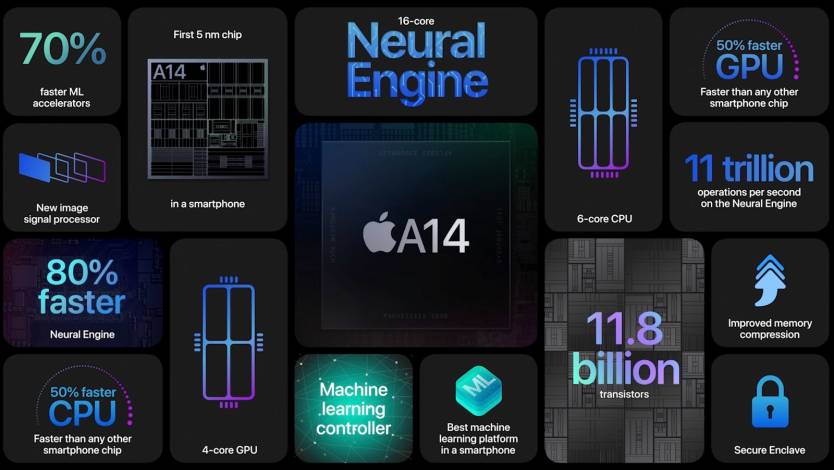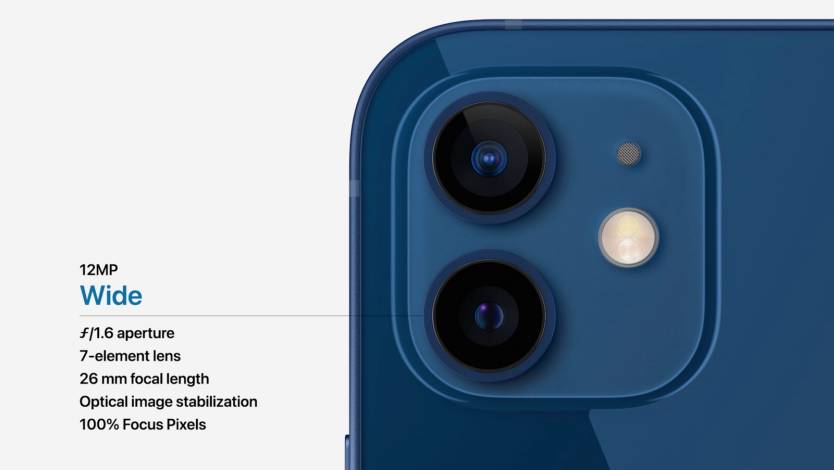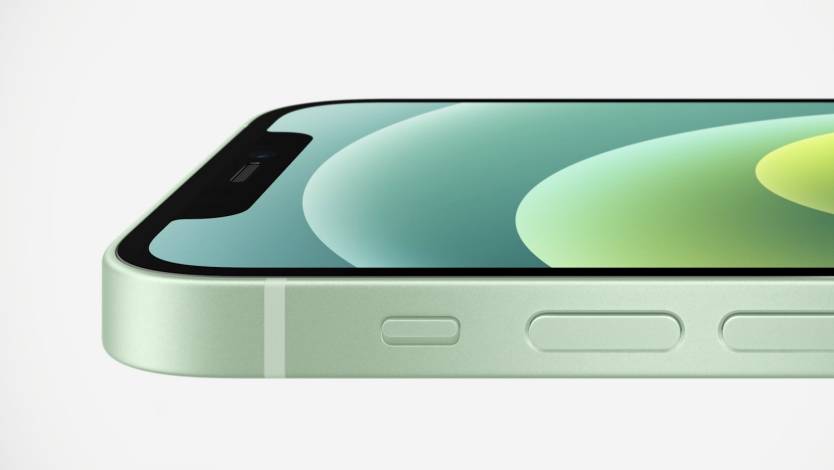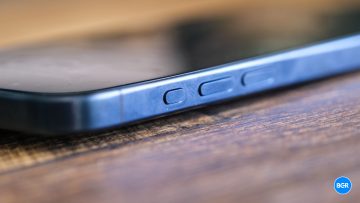- The iPhone 12 is expected to be the best-sold phone from the iPhone 12 series, following its predecessor’s footsteps, the iPhone 11.
- Apple will continue to sell the iPhone 11, with prices starting at $599.
- The iPhone 12 is a much better choice than the iPhone 11, featuring a series of specs and hardware upgrades that shouldn’t be ignored.
When Apple unveiled the iPhone 12 series earlier this week, it also told us which of the older iPhones will continue to be available in stores for another year. The iPhone 11 wasn’t a surprise. The best-sold version of the iPhone 11 now starts at $599, after getting the customary $100 price cut after a year. The Pro versions of the iPhone 11 are gone from Apple’s inventory, just as expected. The $499 iPhone XR was a pleasant surprise, as the 2018 phone is still a great alternative for buyers looking for a cheap all-screen iPhone. The $399 iPhone SE is even cheaper and faster than the XR, of course, but it features the screen design that Apple introduced in 2014.
But if you’re willing to spend the extra cash, and you’re debating between the iPhone 12 and iPhone 11, you should really get the former. Here are 5 reasons to buy the iPhone 12 instead of the iPhone 11.
The iPhone 12 is the successor of the iPhone XR and iPhone 11, and analysts expect this model to be the best-sold iPhone 12 version this year. Starting at $829, the handset is $230 more expensive than the iPhone 11, but it has several advantages over last year’s device. That’s especially true if you’re planning on holding on to the next iPhone for more than two years. The iPhone 12 is much better equipped to handle Apple’s plans for the future of iOS than the iPhone 11.
5G
The biggest selling point of the iPhone 12 is 5G connectivity, although many people will hardly get a chance to take advantage of it. But 5G networks will be expanded significantly in the coming years, so the iPhone 12’s speedier cellular modem will come in handy.
The Super Retina XDR display
The iPhone 12 and iPhone 11 both feature 6.1-inch displays, but the iPhone 12 has several major advantages over the iPhone 11. First of all, the iPhone 12 has an OLED display, which comes with much thinner bezels. The result is that the iPhone 12 has a smaller footprint than the iPhone 11 (146.7 x 71.5 x 7.4 mm vs. 150.9 x 75.7 x 8.3 mm). As a result, it’s also lighter (164g vs. 194g).
The quality of the screen has also improved significantly. We’re looking at a much higher resolution (Full HD), better contrast, and higher brightness than the iPhone 11.

Not to mention that the iPhone 12 screen itself is more durable, thanks to that Ceramic Shield layer of the Corning glass panel that protects the OLED screen.
The A14 chip
The 5nm A14 Bionic chip inside the iPhone 12 is a faster and more energy-efficient than the 7nm A13 chip in the iPhone 11. The same chip will power the 2020 iPad Air, and versions of the A14 will soon equip the iPad Pro and the first MacBooks running on Apple Silicon. This is easily the most important upgrade inside the iPhone 12, especially if you’re going to hold onto the handset for a few years.

The A14 doesn’t only feature a better CPU or GPU but also faster machine learning capabilities, which will improve the AI smarts of the phone, whether it’s Siri or the invisible computational photography features of the camera.
The camera
Like any iPhone upgrade, the iPhone 12 brings over several camera improvements. The sensors may have stayed the same, at 12-megapixel, but the iPhone 12 gets a wide-angle lens with a better aperture that will allow in more light. The phone will support Smart HDR 3 for photos and HDR video recording with Dolby Vision and Night mode Time-lapse support.

The iPhone 12 front camera also supports the same HDR Dolby Video recording mode, but also Night mode selfies and Deep Fusion computational photography that’s only available on the main camera of the iPhone 11. Also, FaceTime video calls now support HD resolution on the iPhone 12.
The iPhone 4 design
If you’re going to keep the next iPhone for a few days, then the phone’s overall design should also come into play when deciding between the iPhone 11 and iPhone 12. The new iPhone features a Ceramic Shield flat screen that should withstand shocks much better than the glass screen of the iPhone 11. Apple says the iPhone 12 does four times better in accidental drops than previous phones, although it’s unclear what that means. Still, the ceramic crystals combined with the flatter screen of the iPhone 12 and the flat metal edges might significantly reduce accidental damage to the glass.

The better build quality of the iPhone 12 also gives the phone better water resistance than the iPhone 11 phones (6 meters for up to 30 minutes vs. 2 meters for up to 30 minutes).
Finally, the iPhone 12’s magnetic wireless charger (MagSafe) supports double the charging speed (15W) compared to the iPhone 11’s wireless charging capabilities (7.5W).








